The processing of solid parts and components is the process of processing the blanks of the finished parts into parts that meet the requirements of the drawings. The main task is to mill, prepare, drill, pull and surface sand. Processes such as light are processed into semi-finished parts to be assembled.
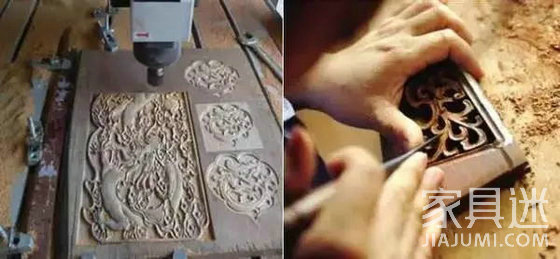
Solid wood parts forming processing
The forming of solid wood parts, as the name suggests, is to make the parts of the wood into the shape we want by milling and other technological steps. According to the shape characteristics of the solid wood parts and the processing technology, the common solid wood parts are roughly classified into the following categories.
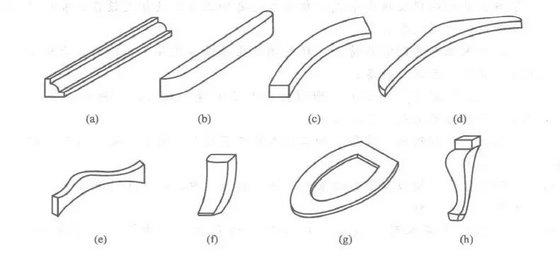
Straight profile: The part is linear in the longitudinal direction, and the cross section is straight or profiled, such as various decorative lines, as shown in Figure a.
Processing of linear parts: Through-line parts can be directly planed by four-sided planing during the preparation process, or lower shaft milling machine, router, wood machine or even in the process of net material processing. Special pressure planers for production.
The four-sided planer has high production efficiency and high quality, but it is expensive and difficult to debug, suitable for mass production. Small batch production is suitable for machining with vertical axis milling machines.
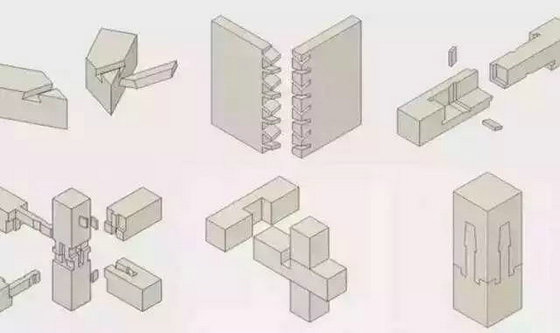
Two-dimensional curved surface: one surface of the part is a plane (thickness direction), and the other surface (width direction) is curved at least on one side, the curved surface is a plane or a profile, or both ends of the linear member are curved. See Figures b, c, d.
Machining of two-dimensional curved profile parts: Before the processing of curved profile parts, the blanks are usually sawed with a jigsaw band saw or a jig saw. Of course, it can also be obtained by multi-layer gluing or solid wood pressure bending. The curved blanks and the two faces of uniform thickness are first machined to a net size with planer and planer before being milled.
The common equipment used in this kind of processing is the lower shaft milling machine. When the line type is small, the router can be used. The linear parts that meet the characteristics can also adopt the automatic double-sided model milling machine (copy milling), the arc with uniform thickness and large radius of curvature. Shaped parts can also be produced by press planing.
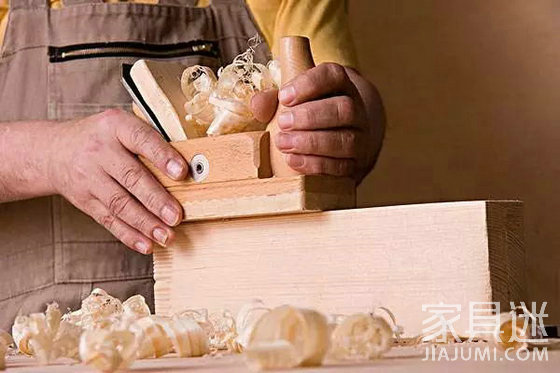
Simple three-dimensional profile: The width and thickness of the component have curves. Usually, one side is a curved plane (such as solid wood curved parts) or a simple knife type, and the other side has at least one side of a curved shape. The entire part can have a simple knife. type. Figure ef.
The processing principle of a simple three-dimensional profile part is basically the same as that of a two-dimensional curved profile part, except that the required positioning method and the mold are more complicated, and usually need to be completed by multiple milling. In general, a simple three-dimensional profile component can be considered as a combination of several relatively independent two-dimensional profiles.
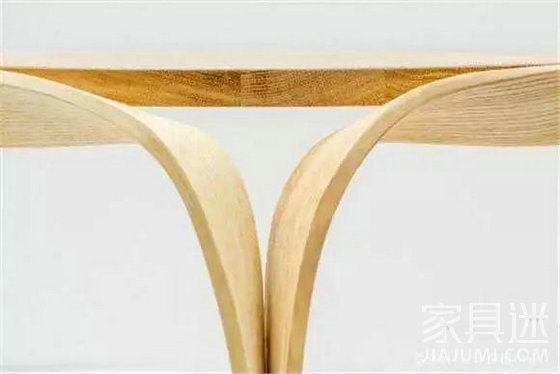
Three-dimensional complex profile: The longitudinal and cross-section of the part has an irregular curved shape on at least one side. As shown by h, many of the legs and legs of classical furniture are such shapes, such as goose-foot, tiger foot, and elephant-like foot.
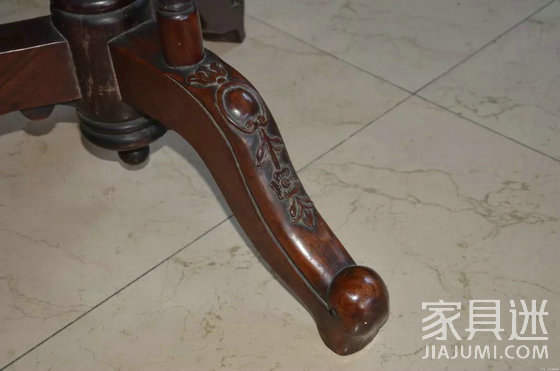

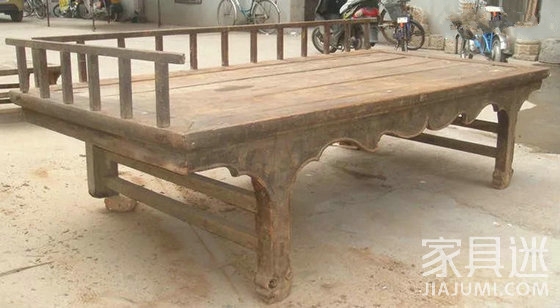
Wide-format parts profile processing: The inner and outer contours of wide-format parts or sheets can be machined by rotary table milling, milling, vertical, planer or even CNC milling machines.
There are two types of rotary table milling machines, one is the ordinary outer edge milling machine, and the other is the inner diameter milling machine. Wide-format profile The shape and shape of the wider inner or outer contour of the component or panel component or the surface mirror. As shown in Figure g.
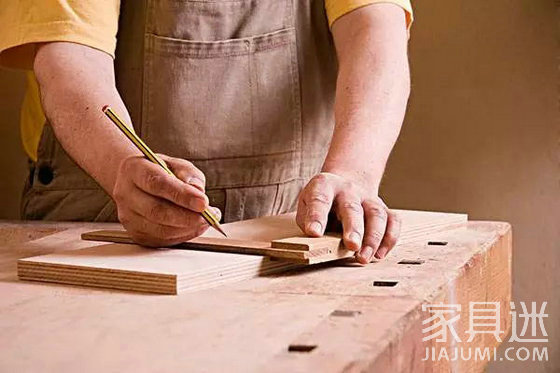
Hoe, eye and groove processing
The æ¦«å¯ joint is the basic way of joining the frame structure furniture. For parts joined in this way, the corresponding parts must be opened with a hoe, a blink or a groove. The traditional joint mainly adopts the form of the right angle 榫 and the square eye, the dovetail eye and the trapezoidal 榫. The modern furniture mainly adopts the 榫 joint form of the long round 榫 and the long round 榫 eye, the round 榫 and the hole fit.
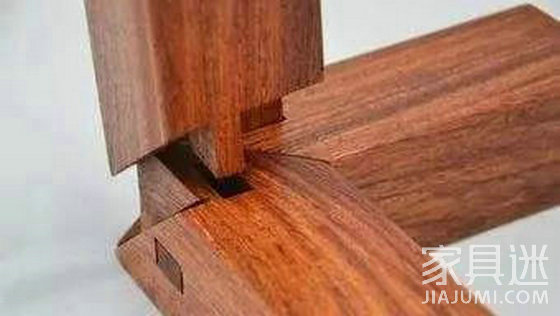
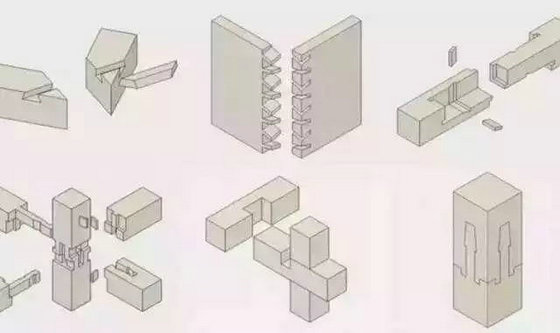
The matching precision of the hoe blinking has an important influence on the assembly quality of the furniture, which is directly related to the convenience of assembly and the joint strength of the product. In the production process, the following points should be noted:
Strictly control the distance between the shoulders, the angle between the cheeks and the shoulders, so that they are compatible with the parts that are joined to ensure that the dimensions of the parts or products after joining are correct and tightly joined;
The processing accuracy of the hoe is affected by the state of the machine tool itself, the tool specifications and the precision of the machine. Therefore, the production and adjustment of the machine should generally be trial-tested and assembled to ensure the accuracy of the fit;
Whether the cutting of the material and the opening of the boring head adopt the same fixed reference surface will also affect the processing precision of the boring of the hoe. Therefore, the finishing of the wool before the boring must be standard, and the same positioning standard should be adopted as much as possible when making the boring;
There must be no sawdust, shavings and other debris on the workbench during the tamping, and the processing is stable to ensure the shape tolerance;
The boring tool maintains sharpness and dimensional accuracy to maintain the surface quality and dimensional accuracy of the hoe;
The accuracy of the cooperation between the steamed bread and the blink is affected by the temperature and humidity of the processing environment, and it is necessary to prevent the assembly work from being caused by poor fitting due to shrinkage and swelling of the wood.
Extended reading: the innovative application of traditional enamel in furniture
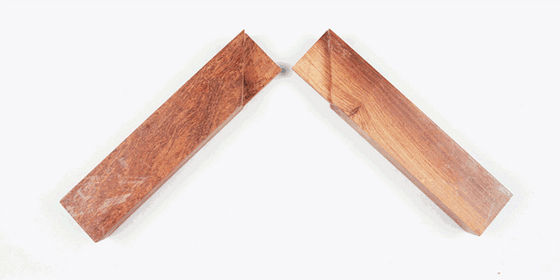
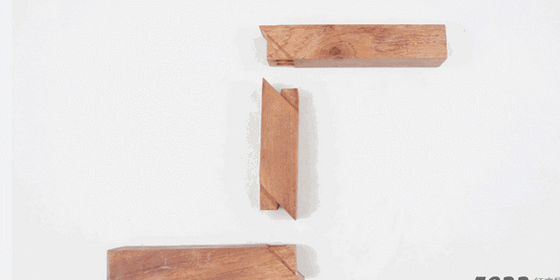
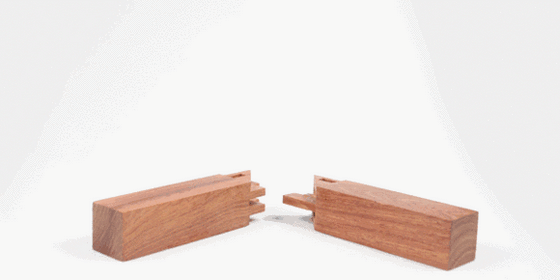
Steamed bread processing
Shantou's processing equipment mainly includes square boring machine, long round boring machine, vertical shaft machine, boring and milling machine. Sometimes it can be produced with universal saw and band saw, but the efficiency or precision is low.
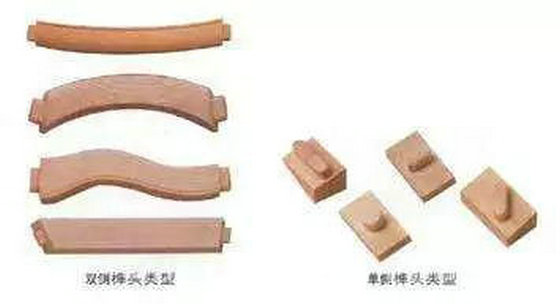
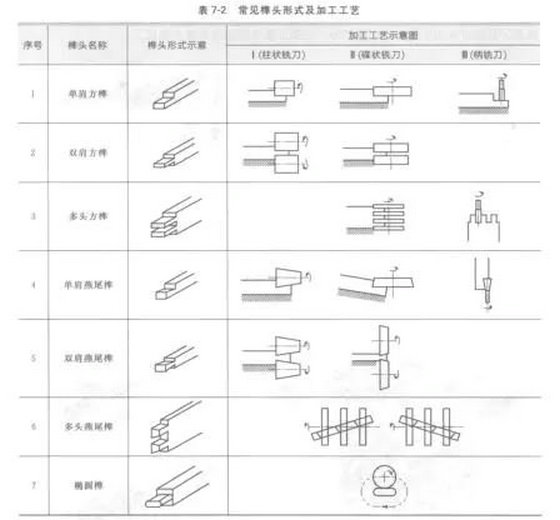
Blinking
Matching with the hoe, there are also several types of blinking, long round eyes, dovetail and round eyes, and the corresponding processing methods and equipment are also different.
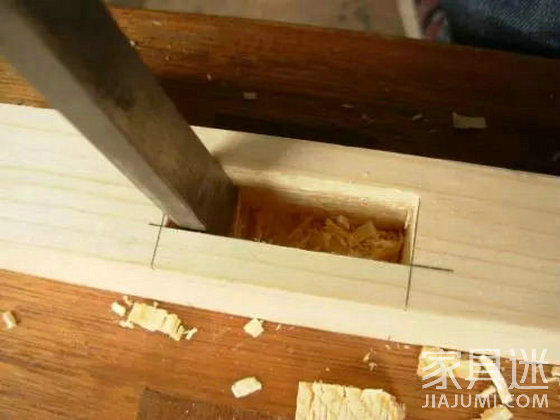
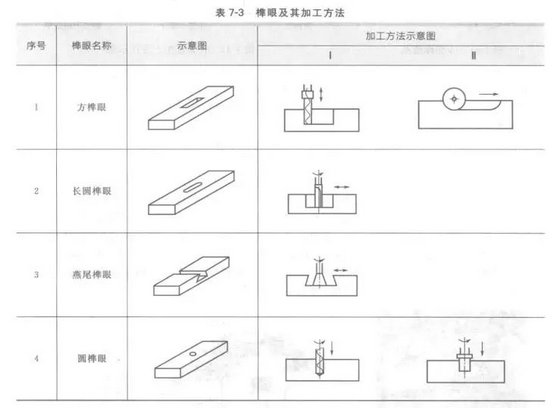
Fogging Sprayer Machine,Thermal Fogging Sprayer,Fog Sterilization Sprayer,Sterilization Fog Sprayer
Shaoxing Haotuo Machinery CO., LTD. , https://hotochainsaw.com